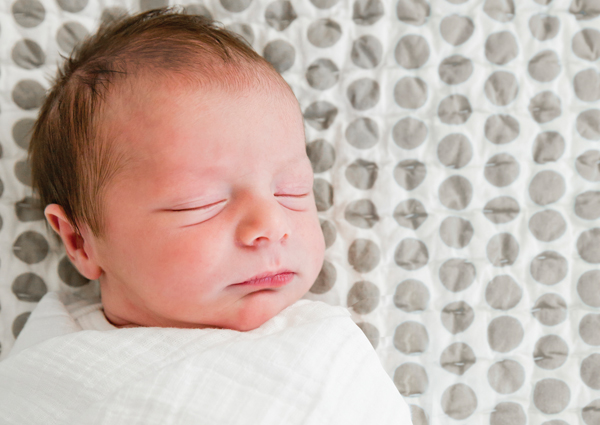Ask the Experts: Reading sleep cues

A: There is an internal rhythm—a sort of biological clock—in babies that parents can learn to recognize and follow to take the guesswork out of knowing when baby should sleep or nap. The “rhythm” includes a 10- to 15-minute period of time in which sleep is most easily achieved. It occurs roughly every 90 minutes.
The key is to be able to recognize when baby is sleepy—which is harder than it sounds, actually. When babies are sleepy, it doesn’t look the same or sound the same as it does in older children or adults. But each baby has a specific sleepy sign (like pulling on her ears, appearing spacey, acting hyper or a variety of other behaviors) that tells mom when she is entering this 10- to 15-minute sleepy zone.
The other important thing to note is that the sleepy zone has an end. The “window” is not open indefinitely. If baby has not been given a sleep opportunity during this brief window, she will enter the next alertness period, and mom will generally have to wait another 90 minutes for the next sleepy zone.
It is extremely easy not to recognize the signs of sleepiness and miss the opportunities. Believe me, I know. I’m a sleep researcher and have studied biological rhythms most of my adult life, but during the initial five months with my first child, I was utterly flummoxed about her sleep. There seemed to be no pattern at all!
But sleep is important for a baby’s developing brain, and I’ve seen many “difficult” or “overly sensitive” babies have a complete reversal of disposition once the parents started noticing and acting on their sleepy signs. If you learn to recognize your baby’s own internal rhythms (I give specific instructions in my book), you’ll be able to follow them and ensure your little one gets the sleep she needs.
—Polly Moore, PhD, sleep consultant and author of The Natural Baby Sleep Solution







